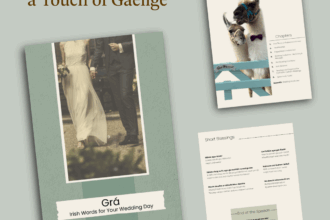From the playful bottlenose dolphins of Cardigan Bay, to mighty Ospreys, the coastline of Wales attracts a multitude of fascinating creatures, while its rivers are teeming with wildlife wonders, including one of the natural world’s most impressive annual displays: the salmon leap. Discover the amazing conservation projects protecting Welsh wildlife, stay on an island surrounded by natural wonders and or tap into your wild side, with flamingos and otters at out wetlands centre.
1. Spot dolphins in Cardigan Bay
The UK’s biggest pod of dolphins lives in Cardigan Bay, attracted by the array of fish available in these healthy waters. Head to the Cardigan Bay Marine Wildlife Centre in New Quay, which presents information about bottlenose dolphins and harbour porpoises in the area and organises 2, 4 and 8-hour guided boat trips to see them up close. Visit between June and October and you’re pretty much guaranteed to spot the playful creatures anywhere between Aberystwyth and Fishguard. Don’t know your porpoise from your dolphin? The former has a small triangular dorsal fin, while the latter’s is more sickle-shaped.
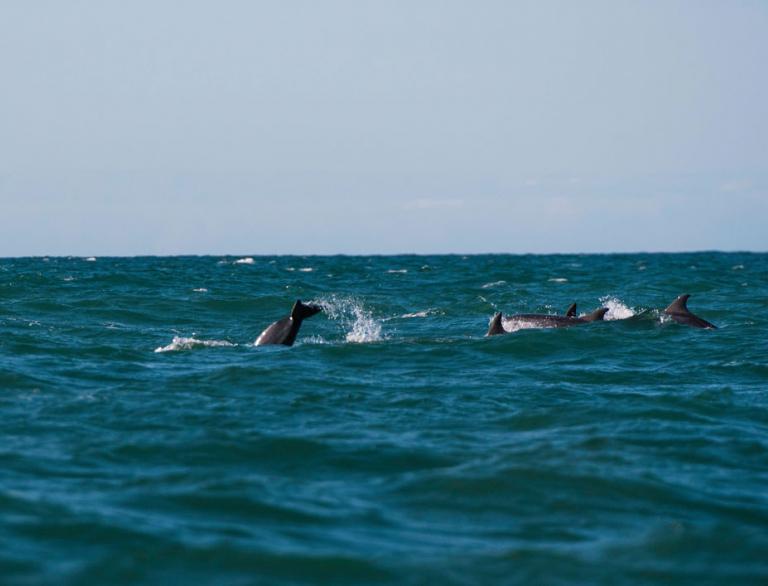
Dolpin Spotting, Cardigan Bay © Hawlfraint y Goron / Crown Copyright
2. Have a seabird sleepover on Skomer Island
Skomer, off the coast of Pembrokeshire, is graced by one of Mother Nature’s most adorable seabirds for several months each year. Yes, we’re talking puffins, around 22,000 of whom pay a visit from May to July. Visit and see thousands of the colourful creatures flap out to sea and back, skidding to a halt to deliver freshly-caught fish straight to the burrows where their chicks wait impatiently. Later in the year, it’s the turn of the Manx shearwaters to shine – the noisy birds return to the island at night and the cacophony is quite something – stay on Skomer in comfortable self-catering accommodation to experience the full spectacle.
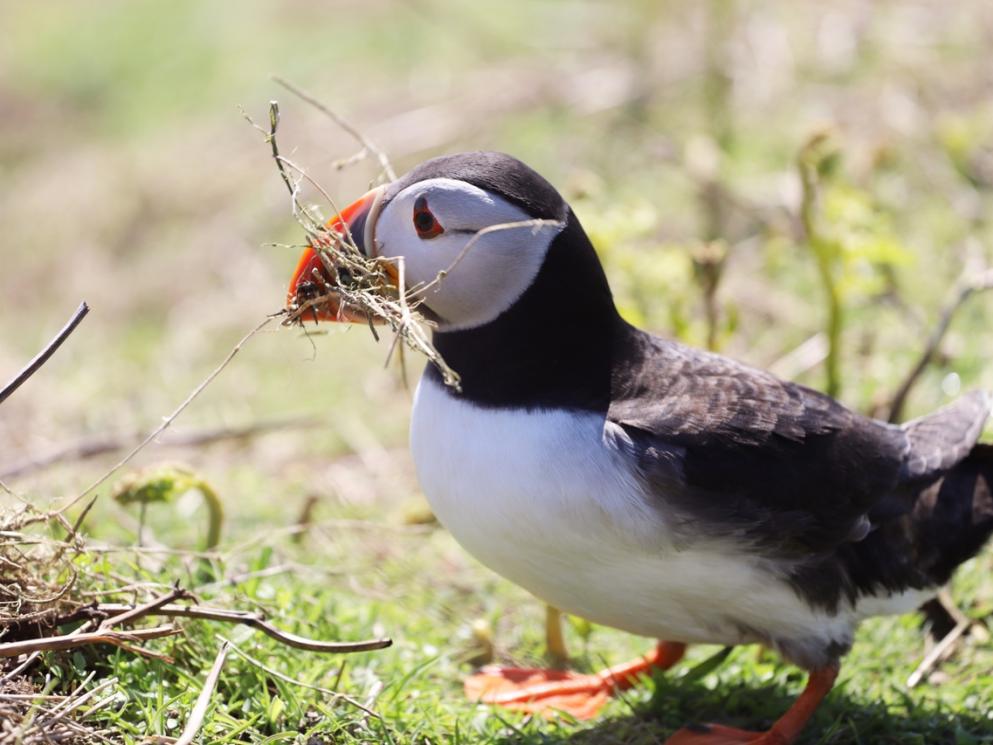
Puffin on Skomer Island, Pembrokeshire © Hawlfraint y Goron / Crown Copyright
3. Discover Anglesey’s wildlife on a guided walk
Anglesey has, according to Anglesey Wildlife Walks, an ‘outrageously’ diverse range of wildlife, and the organisation are experts when it comes to taking it all in. A series of half- to full-day walks set around different parts of the island enable you to spot peregrines, nesting shags, rare choughs and, offshore, seals and porpoises. Wild flowers form a colourful backdrop in spring and summer, while in autumn you may get to see pure-white, super-fluffy Atlantic seal pups tumbling into the water to learn to swim. Walks can be booked for individuals and groups, with a maximum group size of eight.
4. See flamingos, geese, otters and more at Llanelli Wetland Centre
Hand-feed the rarest goose in the world, admire brightly-coloured flamingos, bird-watch from behind a hide and go bug hunting – at the Llanelli Wetland Centre, you’re invited to get truly up close and personal with the wildlife! One of nine Wildfowl & Wetlands Trust (WWT) centres across the UK, the Wetland Centre is a 450-acre mosaic of lakes, pools, streams and lagoons that adjoins the shore of the Burry Inlet in Carmarthenshire. The attraction is great fun for kids – year-round events include canoe safaris and pond-dipping – whilst being a fantastic place to learn about the importance of conservation.
5. Bite into the world’s rarest apple on Bardsey Island
The wild island of Bardsey is two miles off the tip of the Llŷn Peninsula, which already feels like the very edge of Wales. Take the boat trip across the sound and discover a place steeped in history (it’s referred to as the burial place of 20,000 saints), smothered in eye-catching fauna that’s a magnet for seals and seabirds (including a breeding colony of 20,000 pairs of Manx shearwaters) and home to ‘the world’s rarest apple’, nurtured by monks over 1,000 years ago! You can stay overnight; the Bardsey Island Trust has nine self-catering properties available to rent.
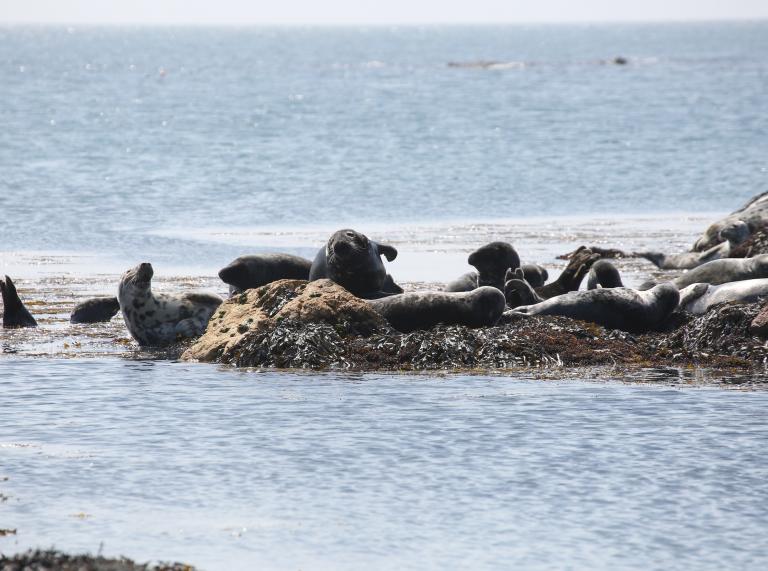
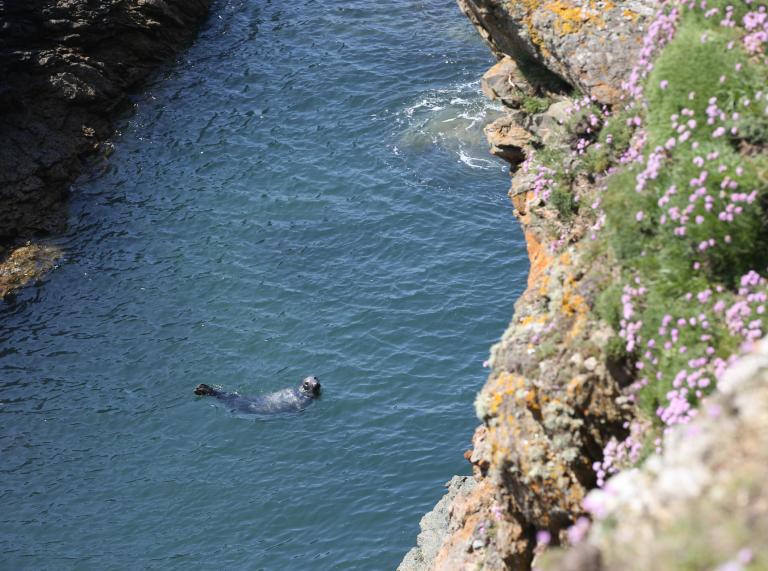
Bardsey Island © Hawlfraint y Goron / Crown Copyright
6. Learn about the littlest creatures at Dr Beynon’s Bug farm
Nestled in the heart of the Pembrokeshire Coast National Park, just a mile from St Davids, is Dr Beynon’s Bug Farm. The 100-acre site encompasses a working farm, research centre and a visitor attraction dedicated to invertebrates – bugs – and sustainable agriculture. Visit the tropical bug zoo, the bug museum and the bug farm trail as well as taking part in ‘up-close sessions’ and arts and crafts. You can’t leave without a stop at the Grub Kitchen Café, the UK’s first ‘edible insect restaurant’ with edible insect dishes as well as bug-free options.
7. Marvel at the salmon leap in the South West and Mid Wales
Fish migration is one of nature’s most surprising magic tricks, though it’s a common sight in rivers across Wales in the autumn when salmon and migratory seatrout make their way to their home river to spawn. Cenarth Falls (on the borders of Pembrokeshire, Carmarthenshire and Ceredigion) is the first significant barrier the fish encounter on their journey along the River Teifi ; meanwhile the Gilfach Nature Reserve in Mid Wales is a great place to see the aquatic acrobatics along the River Marteg around November.
8. Spy the might osprey in Montgomeryshire
Just inland from the seaside resort of Aberdyfi is Cors Dyfi Nature Reserve, a heady combination of bog, swamp, wet woodland and scrub that attracts a multitude of animals and plants. The stars are the ospreys, which bred on the reserve for the first time in 2011. Today, the Dyfi Osprey Project is one of the conservation success stories of our time and 40,000 visitors a year flock there to admire its resident ospreys between April and September. The reserve also hosts year-round events devoted to its many other inhabitants and rich plant life.
9. Gallop along a beautiful beach
There are few better ways to experience Wales’ stunning coastline than while cantering along a gorgeous sandy beach, the wind in your hair and the sun setting over the horizon… You can step into this picture postcard at several locations across Wales including Swansea Bay and the Gower Peninsula, on a beach hack with Clyne Farm Centre. Over in Carmarthenshire, saddle up on a horse at Marros Farm and head to the seven mile expanse of Pendine Sands to gallop along the surf. Beach hacks at both venues are for experienced riders only, however both offer beginner lessons too.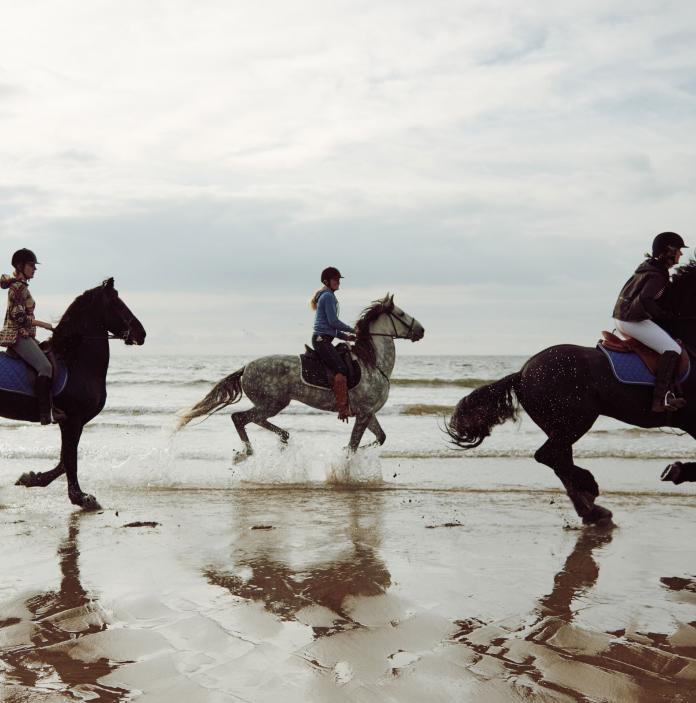
10. A tale of two lakes in Powys and Gwynedd
Lake Vyrnwy in Powys, Mid Wales, is a tranquil and vast expanse, a Victorian reservoir surrounded by grassy hills and the woodlands of an RSPB nature reserve where you can spot buzzards, siskins and grebes and listen out for the calls of pied flycatchers, wood warblers and redstarts. Just over 12 miles to the north in Snowdonia is Llyn Tegid, purportedly home to its very own mystery monster named ‘Teggie’! You can sail out on the water to seek the creature for yourself or take on watersports from canoeing to windsurfing. Though it’s unlikely you’ll spot Teggie, Bala Lake is unique in being the only place the Gwyniad, a species of whitefish, lives, and it’s the only place on mainland UK that the glutinous snail – Myxas glutinosa – is found!
Media Credit Copyright © Hawlfraint y Goron / Crown Copyright




